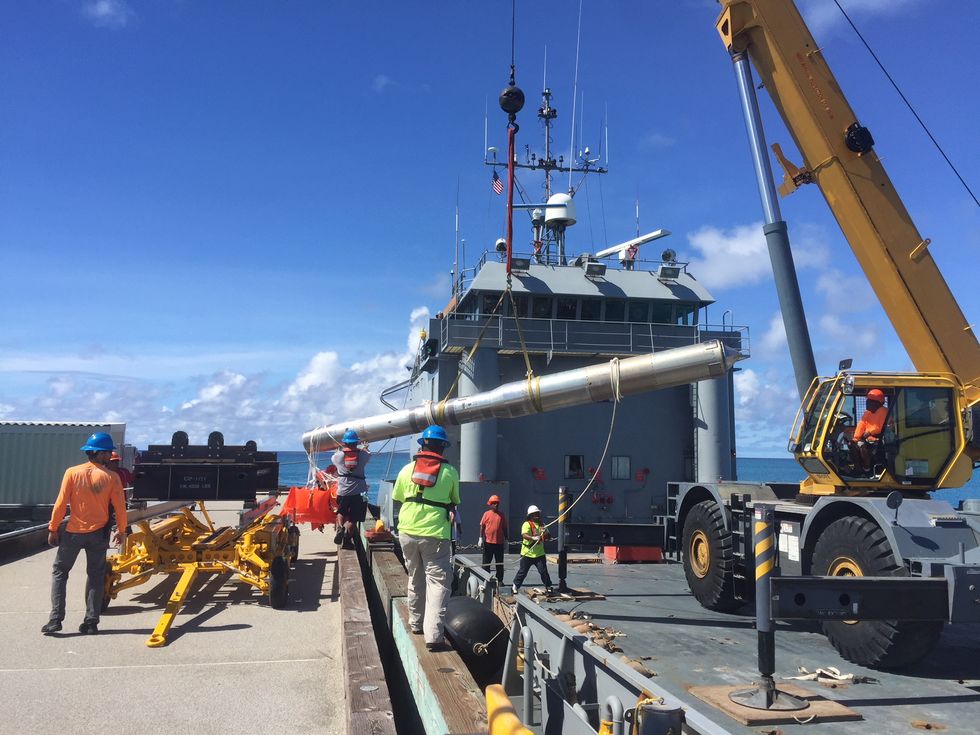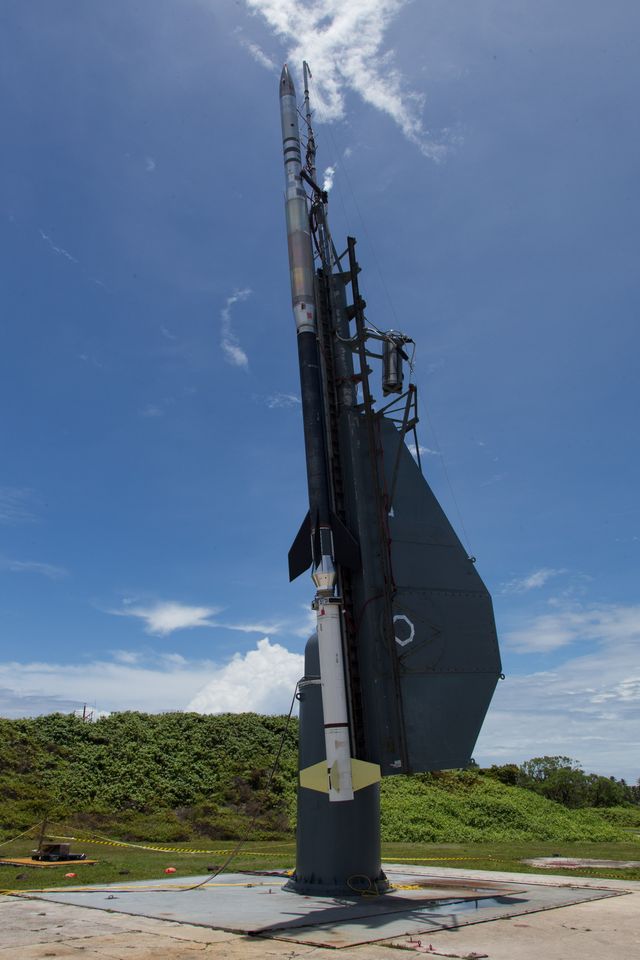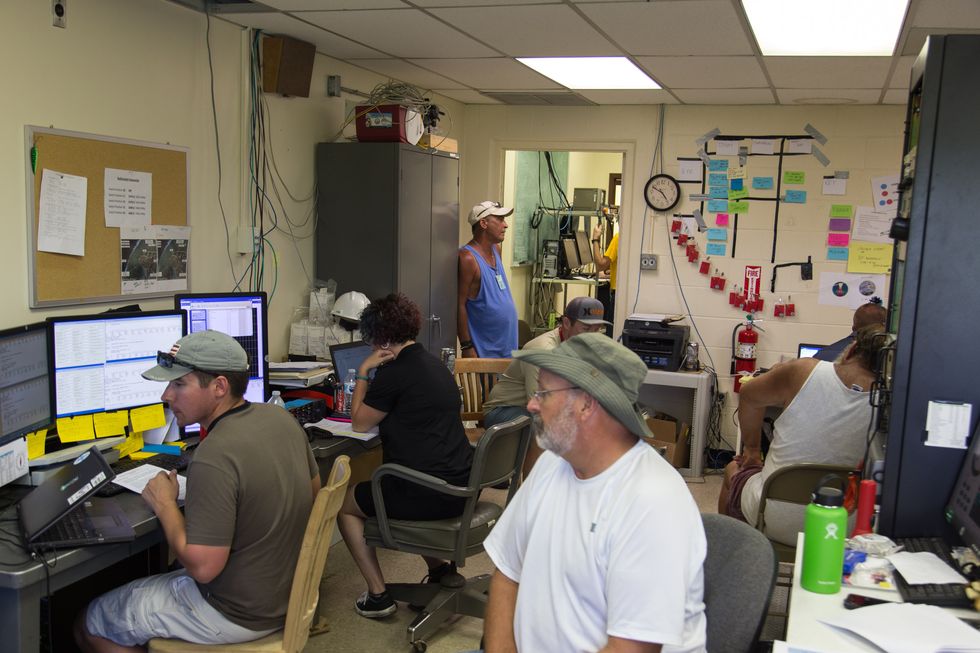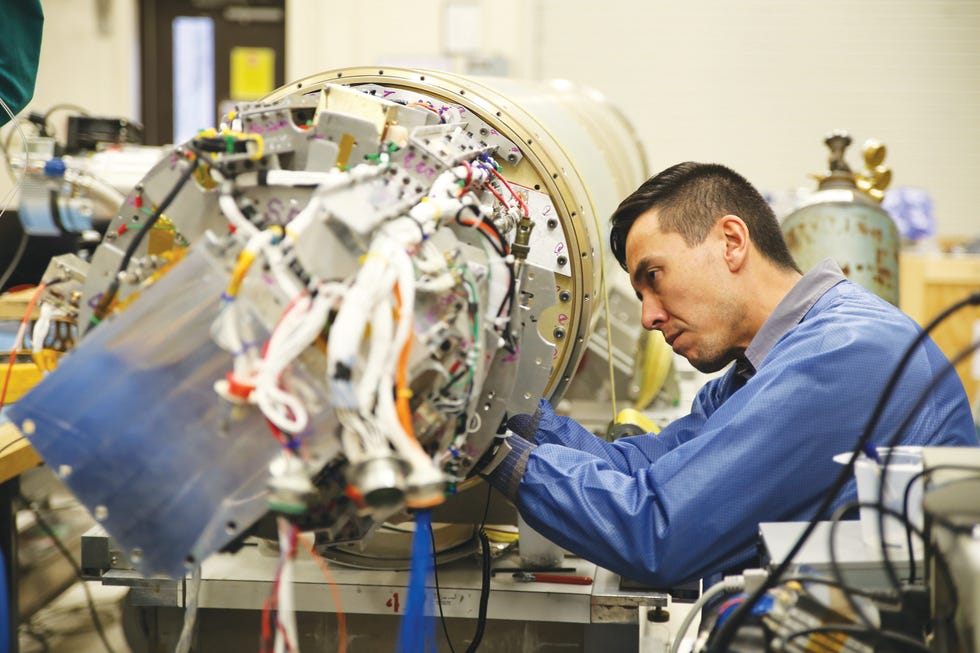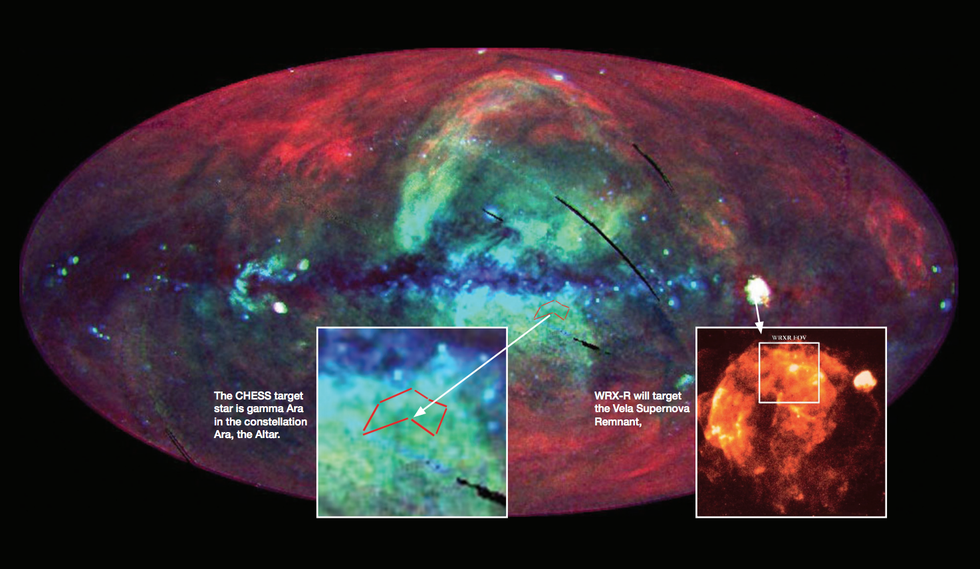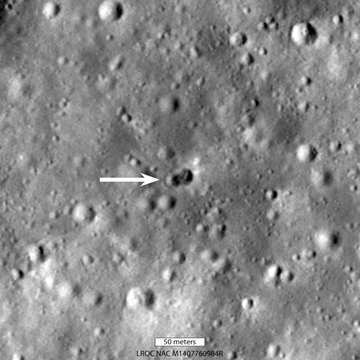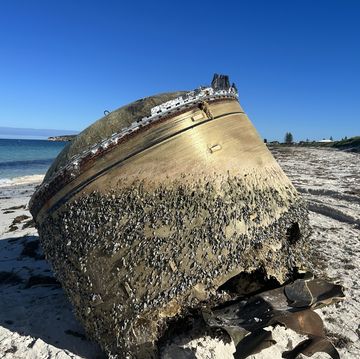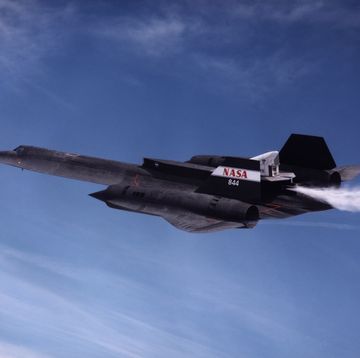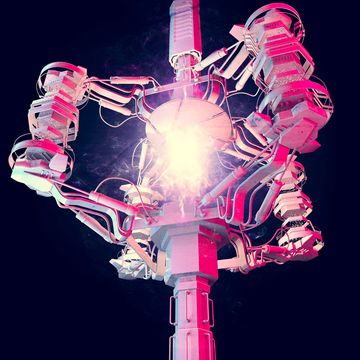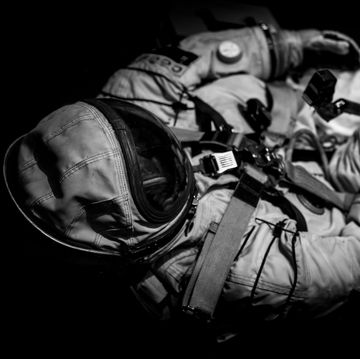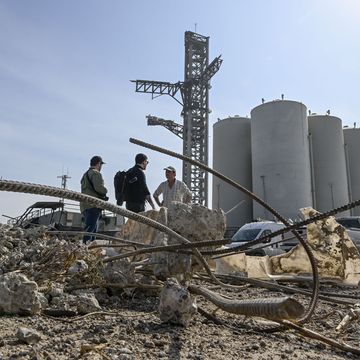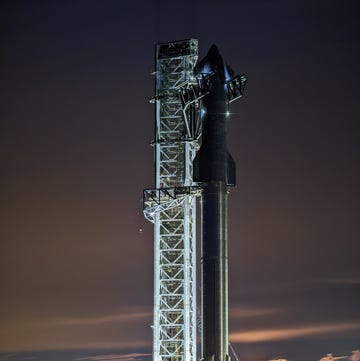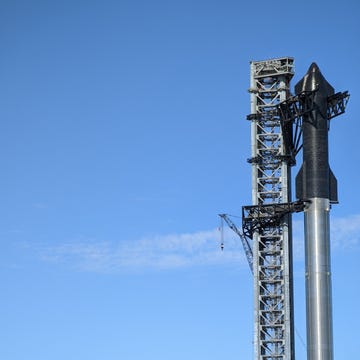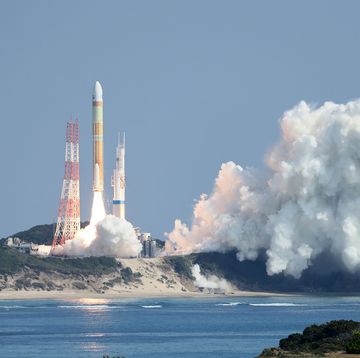Rocketry can take you in a number of directions—and not always "up." For a cadre of NASA rocketeers, their passion for spaceflight has taken them to one of the most remote launchpads in the world: Kwajalein Island in the deep Pacific.
“In my mind, we’re the cowboys of space,” Nathan Empson says in an email from the remote military base and rocket range. He's the operations manager of the sounding rocket office at NASA’s Wallops Flight Facility in Virginia, but his team doesn't always stay there. “We go where the science needs us, and can stand up an operation at remote locations others cannot.”
Right now that means Kwajalein, a speck of land in a tiny archipelago that's thousands of miles from anywhere. Empson and his space cowboys are doing the dirty work of the launch business, firing unglamorous rockets to not-quite-orbit where they can test technology that will be used in future missions. Cape Canaveral this ain't.
Between Balloons and the Great Beyond
Sounding rockets don’t quite reach orbit, but they fly high enough to test instruments used on satellites and spacecraft. They can also loft scientific instruments that study the universe from unique vantage points.
“We’re higher than balloons,” Empson says. “We can target ‘events’ that satellites cannot, [because] they’re stuck on their orbit and that’s it." These events include some the natural occurrences that mystify scientists, like measuring the effects of solar storms. Of course, the trade-off is that sounding rockets have a brief mission life. They're typically up and down in less than ten minutes.
This week, Empson’s nearly 50-person team is working on two sounding rocket missions, both of which are scanning parts of the Milky Way where stars are born and have died. The Colorado High-resolution Echelle Stellar Spectrograph (CHESS) measures the wavelength of radiation to reveal the composition and temperature of celestial objects. The Water Recovery X-ray Rocket (WRX-R) is the second project. It will measure an area where a star died explosively, called the Vela Supernova Remnant. By studying the x-rays from the region, researchers hope to measure the chemical composition and temperature off the star’s remains. This data will also indicate the shock force of its cosmic death rattle.
So why do this work at Kwajalein, which is 2,100 nautical miles from Honolulu and far out in the middle of nowhere? “Typically, we launch our telescopes from the White Sands Missile Range in New Mexico,” Empson says. “That doesn’t give them full access to the night sky, of course. So, we’ve been striving to do launches at more southern ranges. While Kwajalein isn’t of southern latitude, it does open up new possibilities for our science community."
The other tricky part of the mission is that these flying telescopes are meant to be recovered. “Before a few days ago, we’d never launched a water-recovered telescope,” Empson says. “This was uncharted territory for us and a program first.”
In the case of CHESS and WRX-R, the payloads each weigh more than 1000 lbs., including the science instruments and supporting subsystems. While in flight, they must be flipped around and acquire their science target in about 30 seconds. Streams of telemetry data beam to the team below. After a mission ends, the payload returns under a parachute. An airplane from Kwajalein tracks the GPS signal of the payload and a boat zips out to recover it.
Rocket Badge of Honor
In addition to Kwajalein and White Sands, the Wallops team also ventures out from its Virginia spaceport home base to launch from other exotic locales like Poker Flats in Alaska and a couple spots in Norway. Traveling at a moment’s notice is a sounding rocket badge of honor.
“We prepare a launch vehicle and payload and will sit ready to go on the launcher for potentially weeks on end in anticipation of the correct science event, one that may only last a few minutes,” Empson says. “In many case this comes down to the correct magnetic field, solar flux, or aurora borealis condition.”
Empson says that heading to a remote Pacific Island is not for everyone. “We see the same people all day long. You see them at breakfast, at work, at lunch, at dinner, any evening activities, and in many instances our crew is also sharing a room due to the limited availability of housing,” he says. “The social environment almost becomes like a big family, we’re here together in excess of a month. There’s plenty of joking, camaraderie, and of course the occasional grating of nerves and clashing of personalities.”
No one ever said family members—or cowboys for that matter—have to get along all the time.
Joe Pappalardo is a contributing writer at Popular Mechanics and author of the new book, Spaceport Earth: The Reinvention of Spaceflight.

